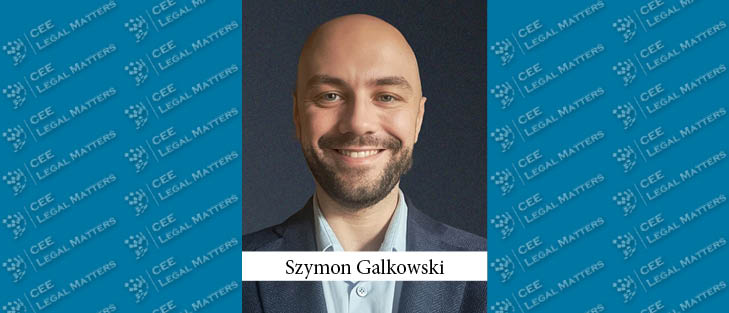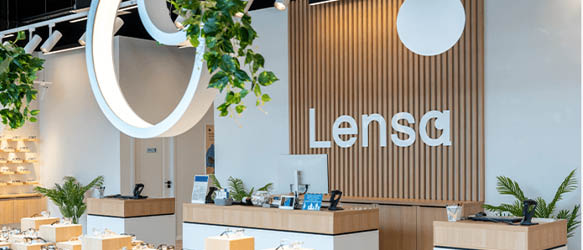In a globalized, post-pandemic world, managing international teams of lawyers seems like orchestrating a grand symphony. The players come from diverse national and educational backgrounds, each bringing unique instruments and experiences. As a General Counsel, you are the maestro, conducting this diverse orchestra of lawyers to perform a grand legal symphony composed by various national and international legislators and regulators.
During the COVID-19 pandemic, Polish conductor Adam Sztaba united many musicians, closed in at home across different locations, to perform the song Co mi Panie dasz online. This inspiring remote performance demonstrated the power of collaboration despite physical distances. Today, this same power is essential for managing international legal teams effectively.
The Power of Diversity and Inclusion
Diversity and inclusion are more than just catchy phrases. They are the keys to unlocking your team’s full potential. According to the McKinsey report Diversity matters even more: The case for holistic impact, companies in the top quartile for both gender and ethnic diversity in executive teams are, on average, 9% more likely to outperform their peers. Conversely, those in the bottom quartile are 66% less likely to achieve similar success.
Diversity goes beyond gender, race, ethnicity, religion, or sexual orientation. It includes age, educational background, disabilities, and more. Diverse teams bring a wealth of perspectives, encouraging innovation and creativity. But diversity alone is not enough. The real challenge lies in actually implementing and executing diversity and inclusion (D&I) policies within your organization. This involves setting expectations and establishing D&I standards in various processes like recruitment or performance assessment. It means also offering various training programs, support groups, and initiatives focused on diversity, inclusion, cultural differences, and unconscious bias.
Culture is the heart of D&I, and it starts with the leadership. If you do not foster a D&I culture and lead by example, no policies or procedures will suffice. Your personal inclusive culture can transform a group of individually talented lawyers into one successful team with a problem-solving and can-do attitude. To truly unleash the power of D&I, you must not only assemble a diverse team but also create an environment with effective communication where every voice and idea is valued.
The Power of Communication
In today’s world, technology enables us to communicate from different locations through video calls, online collaboration platforms, and more. But these bits of technology are just tools. The most critical aspect of communication is adopting a true “speak up-listen up” culture. Everyone should feel empowered to speak up, and leaders must genuinely listen and value all feedback. Regular one-on-one meetings and an open-door policy highlight a leader’s transparency and approachability. Ensuring that team members can express thoughts and concerns confidentially and without fear of retribution is essential for psychological safety that stimulates creativity and collaboration. This trust-building approach enables effective communication and allows you to address individual challenges, resolve conflicts, and enhance overall team engagement and performance.
However, despite your best efforts, there are some external factors that may impact your communication effectiveness, like cultural differences or personality types. Erin Meyer’s book The Culture Map highlights various aspects that influence how people from different countries communicate. For example, so-called “low-context cultures” (e.g., Germany, USA) rely on explicit, direct communication, where meaning is conveyed primarily through words. In contrast, so-called “high-context cultures” (e.g., China, Japan) use indirect communication, where meaning is derived mostly from context and non-verbal signals. Even among culturally similar Central and Eastern European (CEE) countries, differences exist. Poland and the Czech Republic lean toward “low-context cultures,” while Hungary, Bulgaria, Romania, and Ukraine are closer to “high-context cultures,” according to Erin Meyer’s Country Mapping Tool. Research on the connection between the 16 Myers-Briggs Type Indicator (MBTI) personality types and communication styles can provide additional valuable insights into how different personality types interact and communicate effectively. Being aware of all these differences and adapting communication styles accordingly can help prevent misunderstandings and improve collaboration within your team.
The Symphony of Success
Managing international teams of lawyers requires a delicate balance of understanding diversity and cultural differences while championing an inclusive culture. The role of a General Counsel extends beyond traditional legal boundaries. It represents the essence of a visionary leader who transforms a group of diverse and individually talented lawyers into a world-class lawchestra. By supporting diversity, advancing an inclusive culture, and mastering the art of effective communication, you can unlock endless creativity and innovation within your legal team to transform challenges into opportunities and become a team truly capable of achieving great things.
Disclaimer: Opinions expressed are solely of the author and do not express the views or opinions of State Street Bank International GmbH.
By Szymon Galkowski, Head of Legal Operations in Poland/Global Contracts Legal, State Street Bank International

















